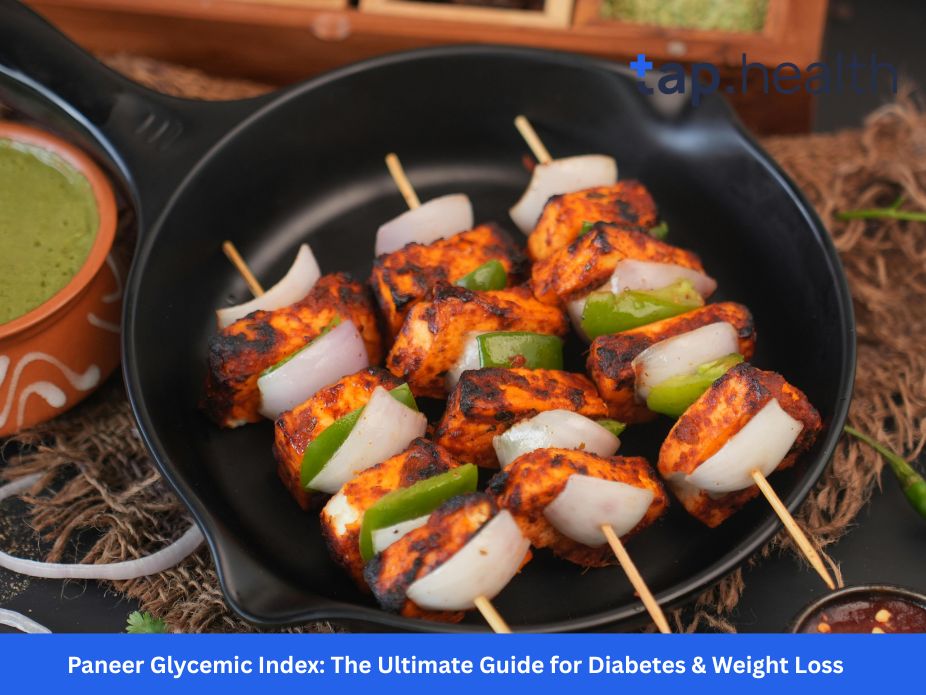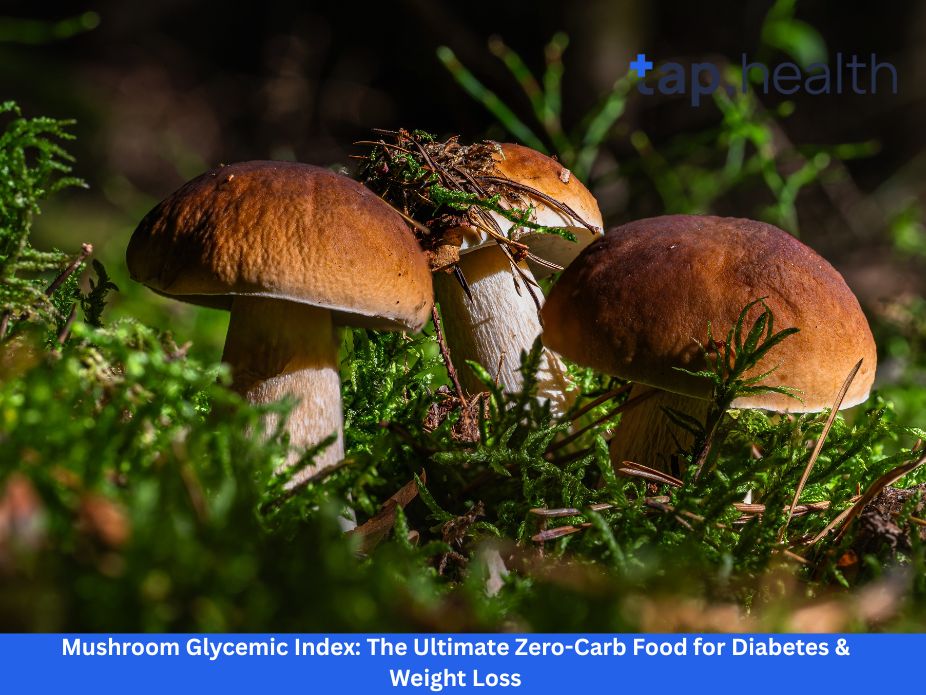Chronic inflammation drives health issues like joint pain, heart disease, digestive problems, and autoimmune conditions. Natural remedies, especially anti-inflammatory juices, offer safe ways to combat it. These juices deliver quick-absorbing nutrients, antioxidants, vitamins, and minerals that fight oxidative stress and support immunity.
Inflammation starts as a protective response but turns harmful when chronic, fueled by poor diet, stress, or toxins. Anti-inflammatory juice ingredients target inflammatory pathways effectively.
What Makes Turmeric a Top Anti-Inflammatory Juice Ingredient?
Turmeric shines with curcumin, inhibiting inflammation and providing antioxidant protection. Add it to juices for potent benefits.
Turmeric Ginger Lemonade Recipe
- 1-inch fresh turmeric root
- 1-inch fresh ginger root
- Juice of 2 lemons
- 1-2 tbsp honey (optional)
- 2 cups water
Blend, strain if needed, and chill. This curbs inflammation while aiding digestion.
How Does Ginger Reduce Inflammation in Juices?
Ginger’s gingerol reduces pain, soreness, and inflammation, plus boosts digestion and immunity.
Ginger-Orange Zinger Recipe
- 1-inch fresh ginger root
- 2 large peeled oranges
- 1 small carrot
- 1 tbsp honey or agave (optional)
Juice together and enjoy fresh. Ideal for muscle recovery and immune support.
Why Include Pineapple in Anti-Inflammatory Juice Recipes?
Pineapple’s bromelain eases joint pain, swelling, and aids protein digestion. Vitamin C repairs tissues.
Pineapple-Cucumber Cooler Recipe
- 1 cup fresh pineapple chunks
- 1 peeled cucumber
- 1/2 lime, juiced
- Handful mint leaves
Blend, strain optionally, and serve cold. Refreshes while fighting swelling.
What Role Do Beets Play in Reducing Inflammation with Juice?
Beets pack betalains for detoxification, oxidative stress reduction, and better blood flow.
Beetroot-Apple Detox Juice Recipe
- 1 medium peeled beetroot
- 2 apples
- 1 carrot
- 1/2-inch ginger root
Juice all and drink immediately. Supports liver health and soreness relief.
How Can Leafy Greens Enhance Anti-Inflammatory Juices?
Spinach, kale, and Swiss chard offer flavonoids, vitamin K for bone health, and inflammation reduction.
Green Anti-Inflammatory Power Juice Recipe
- 1 cup spinach or kale
- 1/2 cucumber
- 1 green apple
- 1/2 lemon, juiced
- 1-inch ginger root
Juice and chill. Nutrient-dense for joint and overall anti-inflammatory effects.
Does Cayenne Pepper Boost Anti-Inflammatory Juice Benefits?
Capsaicin in cayenne relieves pain via endorphins and cuts inflammation.
Spicy Citrus-Cayenne Juice Recipe
- 2 peeled oranges
- 1/2 lemon, juiced
- 1/4 tsp cayenne pepper
- 1 tbsp honey (optional)
Juice fruits, mix in cayenne and honey. Spicy kick for immunity.
Combining Anti-Inflammatory Juice Ingredients for Best Results
Mix turmeric, ginger, pineapple, beets, and greens to amplify effects on digestion, immunity, and antioxidants.
Super Anti-Inflammatory Juice Recipe
- 1-inch turmeric root
- 1-inch ginger root
- 1/2 beetroot
- 1/2 cucumber
- 1/2 cup pineapple chunks
- Handful spinach or kale
- 1/2 lemon, juiced
- 1 tbsp honey (optional)
Juice, stir, and chill. Potent daily inflammation fighter.
Tips for Effective Anti-Inflammatory Juices
Use fresh ingredients for enzymes and nutrients—avoid processed versions. Pair juices with whole foods, proteins, fats, and fiber. Stay hydrated to flush toxins.
Juicing absorbs anti-inflammatory compounds faster than solids. Start mornings with these for energy and reduced swelling.
Science backs these: Curcumin matches some drugs without side effects; bromelain rivals NSAIDs for arthritis; betalains lower CRP markers.
Customize for taste—add apples for sweetness or celery for hydration. Experiment safely; consult doctors if on medications, as turmeric interacts with blood thinners.
Daily incorporation builds resilience against chronic issues. Track improvements in energy, pain, or digestion.
Can TapHealth Juices Help Manage Diabetes?
TapHealth anti-inflammatory juices, with low-glycemic options like greens and ginger, stabilize blood sugar while reducing inflammation linked to diabetes complications.
References
- Turmeric and Curcumin:
Journal of Clinical Psychopharmacology, “The Effects of Curcumin on Inflammation.”
Available at: pubmed.ncbi.nlm.nih.gov - Ginger for Inflammation:
National Center for Complementary and Integrative Health, “Ginger: Health Benefits and How to Use.”
Available at: nccih.nih.gov - Pineapple and Bromelain:
PubMed Central, “Bromelain: A Literature Review and Its Clinical Applications.”
Available at: ncbi.nlm.nih.gov - Beets and Inflammation:
Harvard T.H. Chan School of Public Health, “The Health Benefits of Beets.”
Available at: hsph.harvard.edu - Leafy Greens and Antioxidants:
WebMD, “The Benefits of Leafy Greens for Inflammation.”
Available at: webmd.com - Cayenne Pepper for Inflammation:
Mayo Clinic, “Capsaicin for Pain Relief: Does It Work?”
Available at: mayoclinic.org



